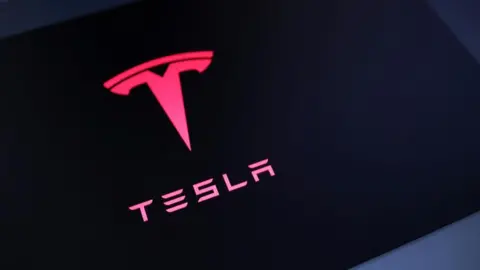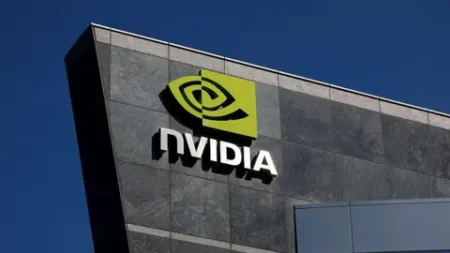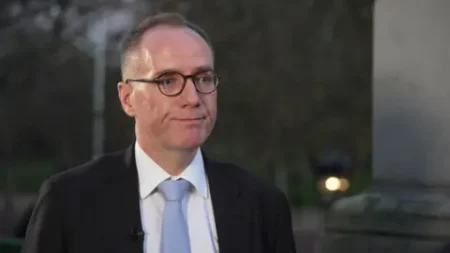A recent jury ruling has put Tesla in a precarious position, finding the electric vehicle giant partially responsible for a tragic accident involving one of its Model S sedans. This incident took place in 2019 and resulted in the death of a pedestrian, Naibel Benavides Leon, and serious injuries to her boyfriend, Dillon Angulo. The jury’s decision, delivered in a Florida courtroom, mandates that Tesla pay a staggering total of $329 million in damages, which includes both compensatory and punitive awards.
The crux of the case revolved around Tesla’s Autopilot feature, a driver assistance system that the company promotes as a pivotal part of its vehicles. The plaintiffs argued that the Autopilot system failed to alert the driver, George McGee, about the impending collision and did not engage the brakes, which could have potentially prevented the fatal incident. In counter-arguments, Tesla maintained that it was McGee’s actions – notably, his distracted driving as he fumbled for his phone – that led to the crash.
Tesla’s leadership, particularly CEO Elon Musk, reacted sharply to the jury’s findings. The company described the verdict as incorrect and stated they intend to appeal the decision. Tesla has long positioned itself as a front-runner in the evolution of automated driving technologies, and this ruling poses a significant setback to its ambitions and image. Following the announcement, Tesla’s stock experienced a decline, a reflection of investor concerns about the future implications of the ruling.
The plaintiffs’ attorney, Brett Schreiber, articulated strong disapproval of Tesla’s practices, alleging that the company misrepresented the capabilities of its Autopilot system, suggesting that it was equipped to handle more complex driving scenarios than it was truly designed for. The lawsuit argues that while the technology was primarily intended for use on highways, Tesla allowed its use in varied driving conditions—leading to the conclusion that the company may have prioritized corporate valuation over driver safety.
During the trial, testimonies revealed that McGee had lost focus on the road just before the accident, further emphasizing the risks associated with distracted driving. Regardless, the jury found that Tesla had a proportionate share of the responsibility for the crash due to the reported failings of the autopilot software in this scenario.
The repercussions of this legal case extend beyond just Tesla; they raise broader questions about the ethics of autonomous vehicle technologies and regulatory practices governing their development. Notably, this is not the first time Tesla has faced legal action over its Autopilot feature. Previous cases have involved claims of negligence linked to other fatal accidents wherein the Autopilot system was activated at the time of the crashes.
This particular verdict illuminates a growing scrutiny of autonomous technologies, reflecting societal concerns about the safety and reliability of self-driving cars. As automation increasingly integrates into daily life, so too will the legal frameworks and responsibilities surrounding it. Critics of Tesla, particularly in the academic community, welcomed the jury’s decision, interpreting it as a vital step towards accountability for technology companies deploying advanced driving systems without adequate safety measures.
With Tesla battling waning sales attributed in part to Musk’s controversial public statements, the company faces numerous challenges ahead, not only in terms of its tech reputation but also in fostering consumer trust in the safety of its self-driving features. The verdict serves as a reminder of the ongoing struggle between innovative technology and ethical responsibility in the evolving landscape of transportation.











